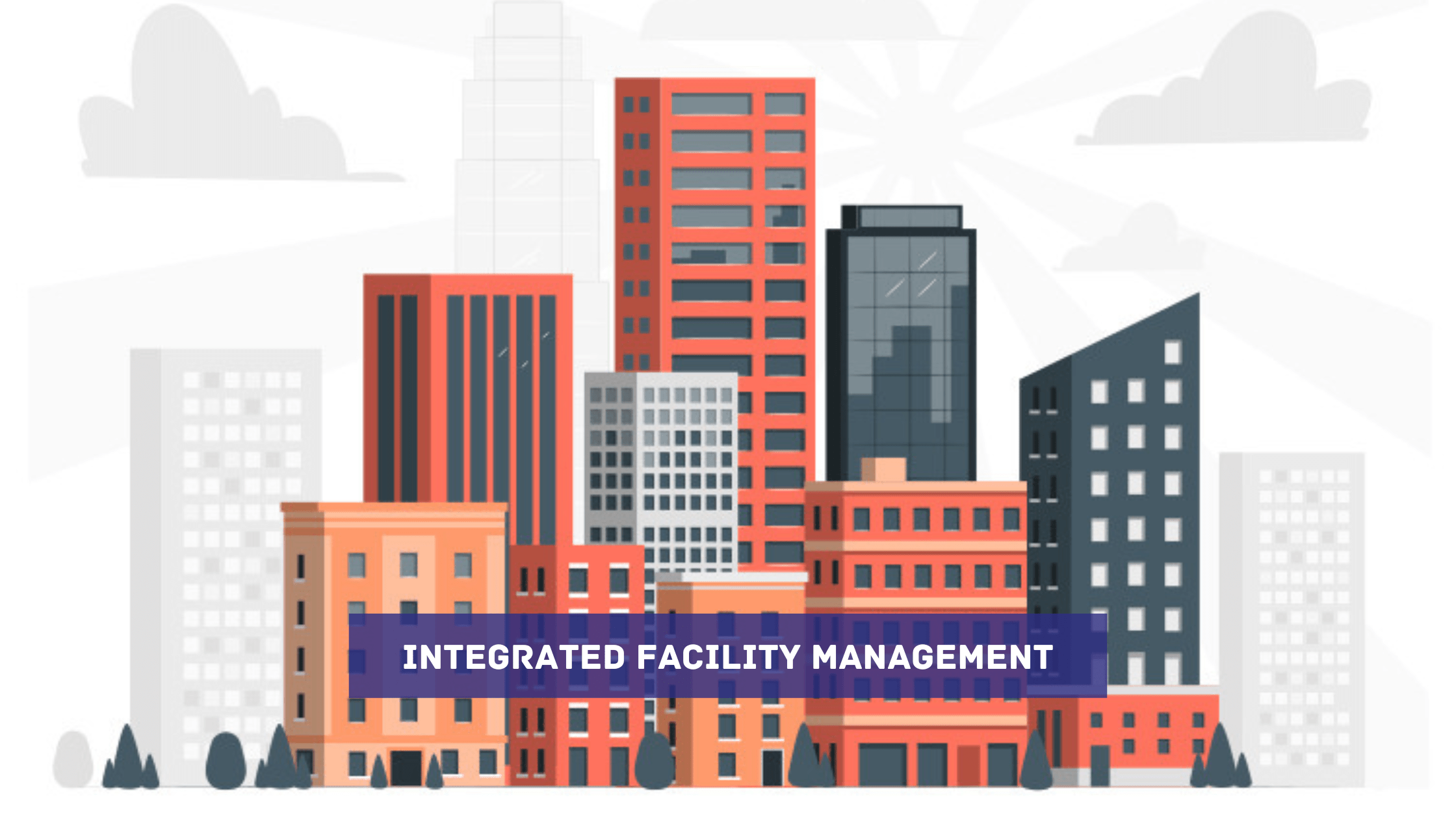The Essential Overview to Center Administration: Approaches for Success
Center management plays a vital role in the total success of an organization, offering as the backbone that supports security, performance, and performance. The subtleties of reliable facility monitoring prolong past plain logistics and call for a detailed understanding of both quantitative and qualitative metrics.
Comprehending Facility Monitoring
What constitutes effective facility monitoring? Efficient facility monitoring encompasses the sychronisation of various organizational features to ensure that developed settings are secure, reliable, and for productivity. Facility Management. It integrates the principles of business, design, and architecture monitoring to develop a smooth functional circulation within a company
Key components of facility monitoring include space preparation, maintenance monitoring, and conformity with health and safety and security policies. Area preparation concentrates on maximizing using physical sources to sustain business goals, while maintenance administration makes certain that centers are kept in optimal condition, taking full advantage of life expectancy and decreasing operational costs. Conformity with lawful and regulatory standards is critical, as it safeguards the organization versus possible responsibilities and boosts its credibility.
Furthermore, efficient facility management depends on the critical use of technology, such as Structure Monitoring Solution (BMS) and Computer-Aided Facility Monitoring (CAFM) tools. These modern technologies facilitate real-time tracking of structure systems and simplify maintenance procedures. Eventually, an extensive approach to facility administration not just advertises functional efficiency yet likewise fosters a positive atmosphere for visitors and staff members alike, driving total business success.
Key Methods for Optimization
Maximizing center monitoring requires a critical technique that straightens operational experiment business objectives. To achieve this, the initial crucial approach is the application of incorporated technological remedies. Utilizing sophisticated software systems allows for real-time tracking of facility operations, helping with data-driven decision-making and improving total efficiency.
Second of all, normal evaluations of center performance are important. Performing routine evaluations and audits allows center supervisors to recognize locations that need enhancement, making sure that sources are allocated successfully. This proactive method aids in minimizing downtime and enhancing service distribution.
One more essential strategy is fostering cooperation throughout departments. By motivating open interaction between groups, center managers can better align their methods with service objectives, bring about improved functional harmony. In addition, involving staff in training programs promotes a society of responsibility and improves their capacity to add to optimization initiatives.
Enhancing Safety Procedures
Reinforcing safety procedures is essential for creating a secure setting within facilities. A detailed safety method not only safeguards employees and site visitors yet additionally boosts operational effectiveness. To attain this, center supervisors must carry out regular danger analyses to identify possible hazards and make sure that ideal steps are in place.
Educating and education are vital parts of reliable safety and security methods - Facility Management. Employees should receive continuous training in emergency situation treatments, equipment handling, and personal protective procedures. Routine drills, such as fire discharges or lockdown treatments, foster knowledge and readiness among personnel
Additionally, clear communication channels have to be developed to report safety and security problems quickly. This includes creating an obtainable platform for staff members to voice potential hazards or cases without fear of reprisal. Leveraging technology can boost safety and security measures; for instance, applying security systems and access controls aids check facility tasks and limit unapproved entry.
Last but not least, conformity with neighborhood laws and sector criteria is non-negotiable. Normal audits and evaluations of safety methods ensure positioning with current regulations and best methods. By focusing on these approaches, facility managers can grow a society of security that secures all stakeholders and ultimately adds to the organization's success.
Improving Work Environment Atmosphere

Ergonomic factors to consider are vital to minimize physical strain and pain. Facility Management. This involves providing flexible furnishings, appropriate lights, and ample space for activity. These changes can result in reduced absence and raised task fulfillment
Visual appeals play a vital role in forming the work environment ambience. Utilizing color psychology, all-natural lighting, and greenery can cultivate a stimulating and inviting atmosphere. Attentively developed spaces can website boost creative thinking and improve total health.
Moreover, motivating worker engagement via inclusive decision-making processes can boost the feeling of possession and belonging. Gathering responses on workplace improvements and entailing employees in the style procedure can cause a more tailored setting that meets their requirements.
Finally, advertising health campaigns, such as health cares and leisure rooms, can additionally add to a supportive office society. By concentrating on these techniques, center managers can successfully boost the workplace environment, driving both staff member complete satisfaction and organizational success.
Determining Success in Facilities
Measuring success in facility management calls for a detailed technique that evaluates both qualitative and quantitative metrics. Quantitative metrics generally consist of key efficiency indications (KPIs) such as area utilization rates, power intake, maintenance expenses, and occupancy levels. These metrics give a clear photo Facility Management of operational performance and economic efficiency, enabling center managers to determine areas for renovation and benchmark against market requirements.
Qualitative metrics, on the various other hand, focus on user complete satisfaction and staff member engagement. Surveys and responses devices can assess how well the centers fulfill the needs of occupants, assisting to evaluate the overall office setting. This aspect is vital, as a completely satisfied workforce is usually connected to raised productivity and retention rates.
To properly determine success, facility supervisors ought to additionally read more take into consideration incorporating innovation, such as building administration systems and information analytics devices, to accumulate and evaluate pertinent information. Consistently assessing both collections of metrics permits a more balanced sight of efficiency and educates critical decisions. Inevitably, an effective facility monitoring technique rests on a commitment to constant enhancement, guaranteeing that both functional efficiencies and user complete satisfaction are focused on.
Final Thought

Center management plays an essential role in the general success of a company, serving as the foundation that sustains safety, efficiency, and performance.Key aspects of center monitoring consist of space planning, maintenance administration, and conformity with wellness and safety and security regulations.Additionally, efficient center administration counts on the calculated use of technology, such as Structure Administration Systems (BMS) and Computer-Aided Facility Administration (CAFM) devices. Inevitably, a thorough approach to facility management not only promotes operational efficiency but also fosters a positive environment for workers and visitors alike, driving overall organizational success.
Ultimately, a successful facility monitoring approach pivots on a dedication to continual enhancement, making sure that both operational effectiveness and user complete satisfaction are prioritized.